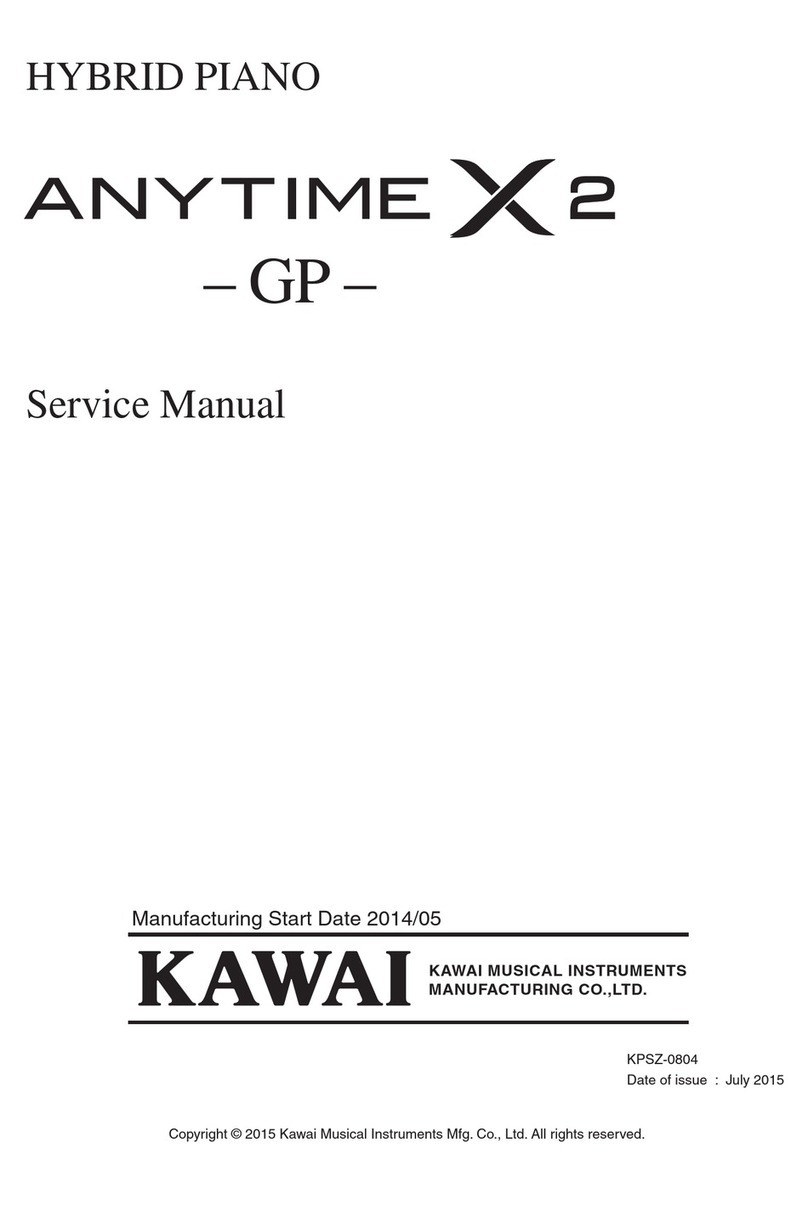Kawai T-5 User manual
Other Kawai Musical Instrument manuals

Kawai
Kawai Digital Piano PN100 User manual
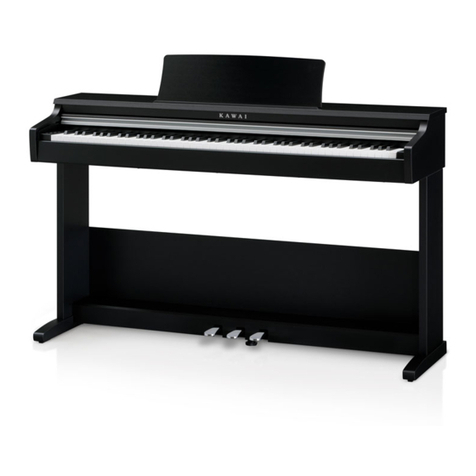
Kawai
Kawai KDP70 User manual
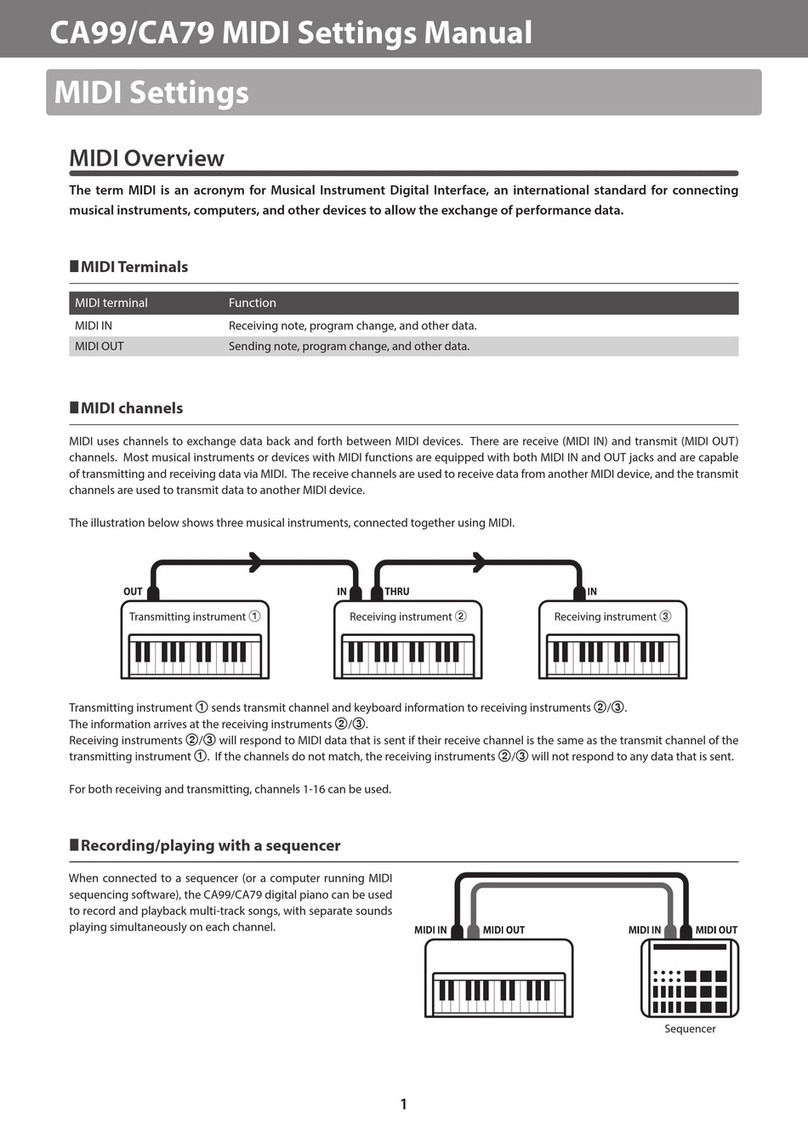
Kawai
Kawai Concert Artist CA99 Manual

Kawai
Kawai CP205/CP185 User manual

Kawai
Kawai DX200 User manual
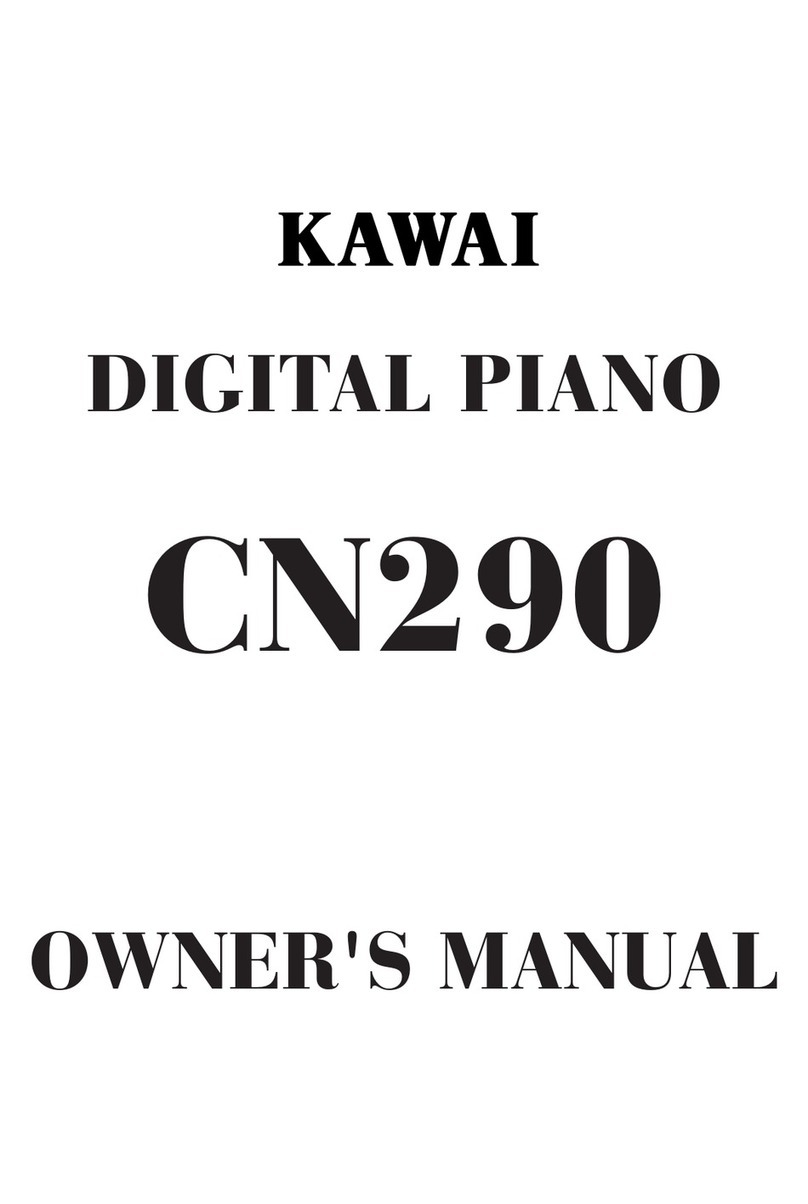
Kawai
Kawai CN290 User manual
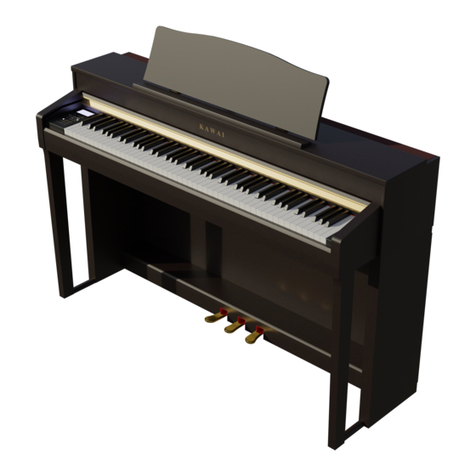
Kawai
Kawai CN37 User manual
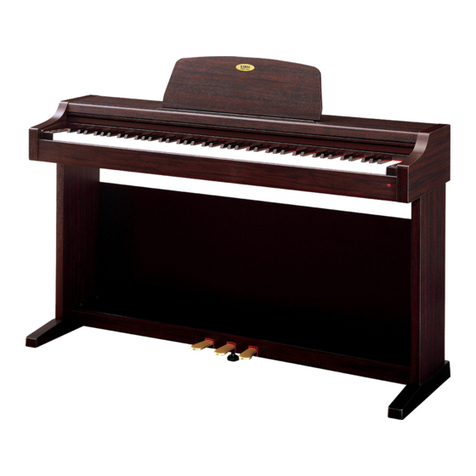
Kawai
Kawai CN2 User manual

Kawai
Kawai ES4 User manual

Kawai
Kawai Digital Piano P160 User manual

Kawai
Kawai Concert Artist CA98 User manual
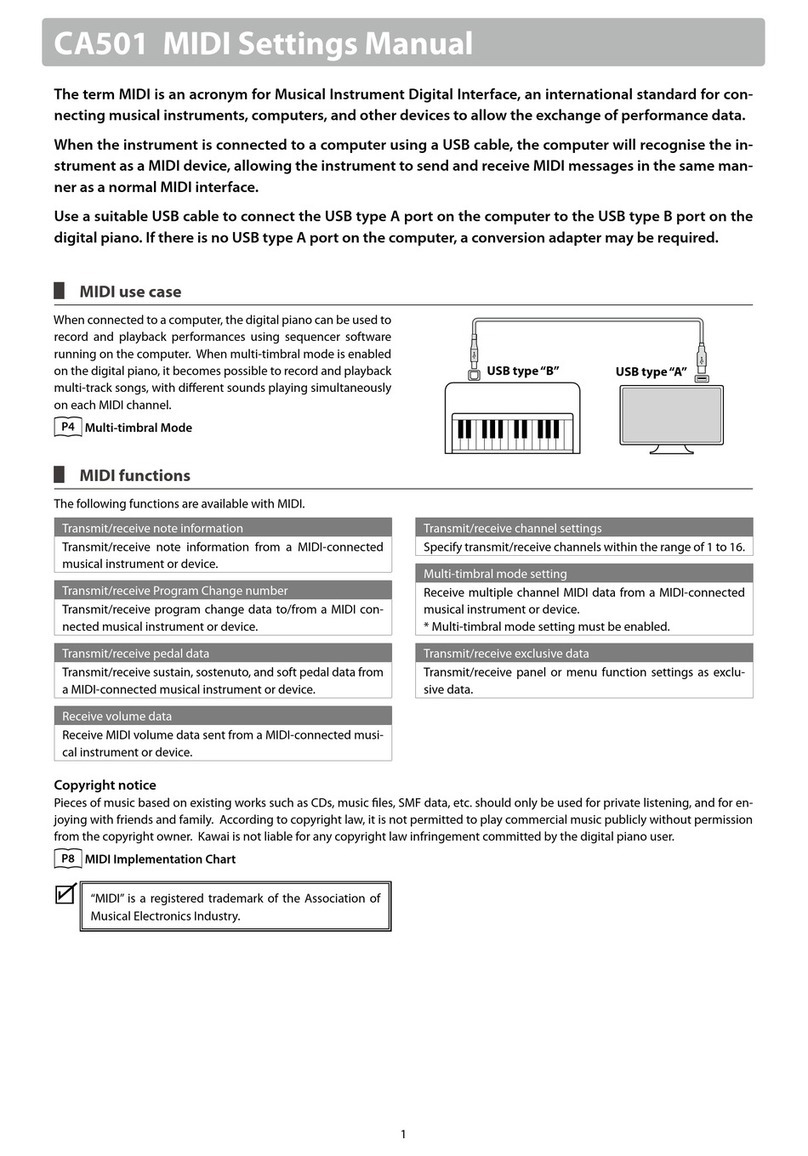
Kawai
Kawai CA501 Manual
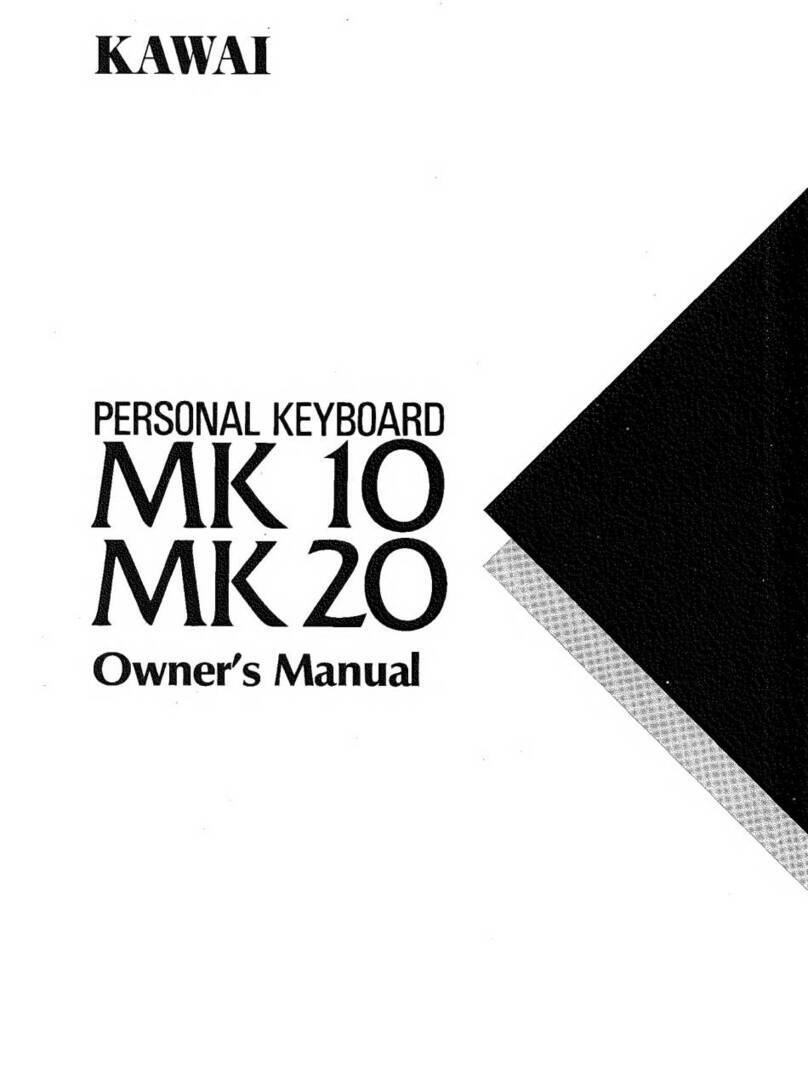
Kawai
Kawai MK 10 User manual

Kawai
Kawai Concert Performer CP119 User manual

Kawai
Kawai AnyTimeX2 User manual
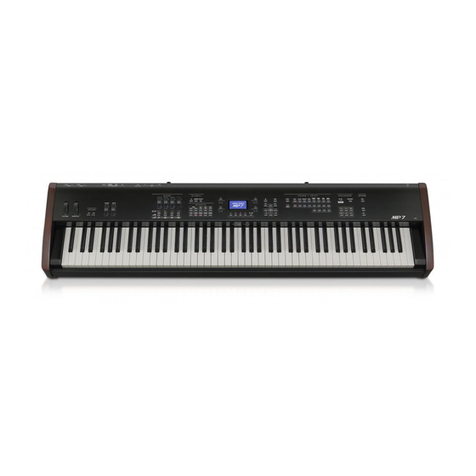
Kawai
Kawai MP7 User manual
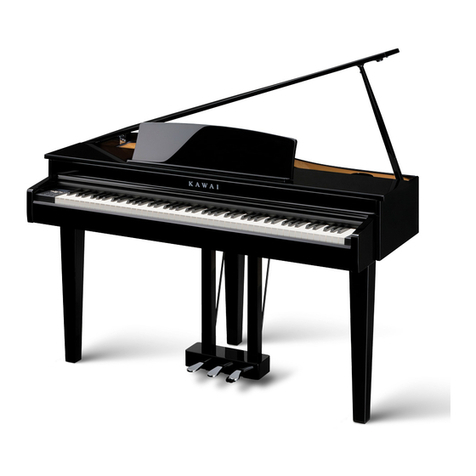
Kawai
Kawai DG30 User manual
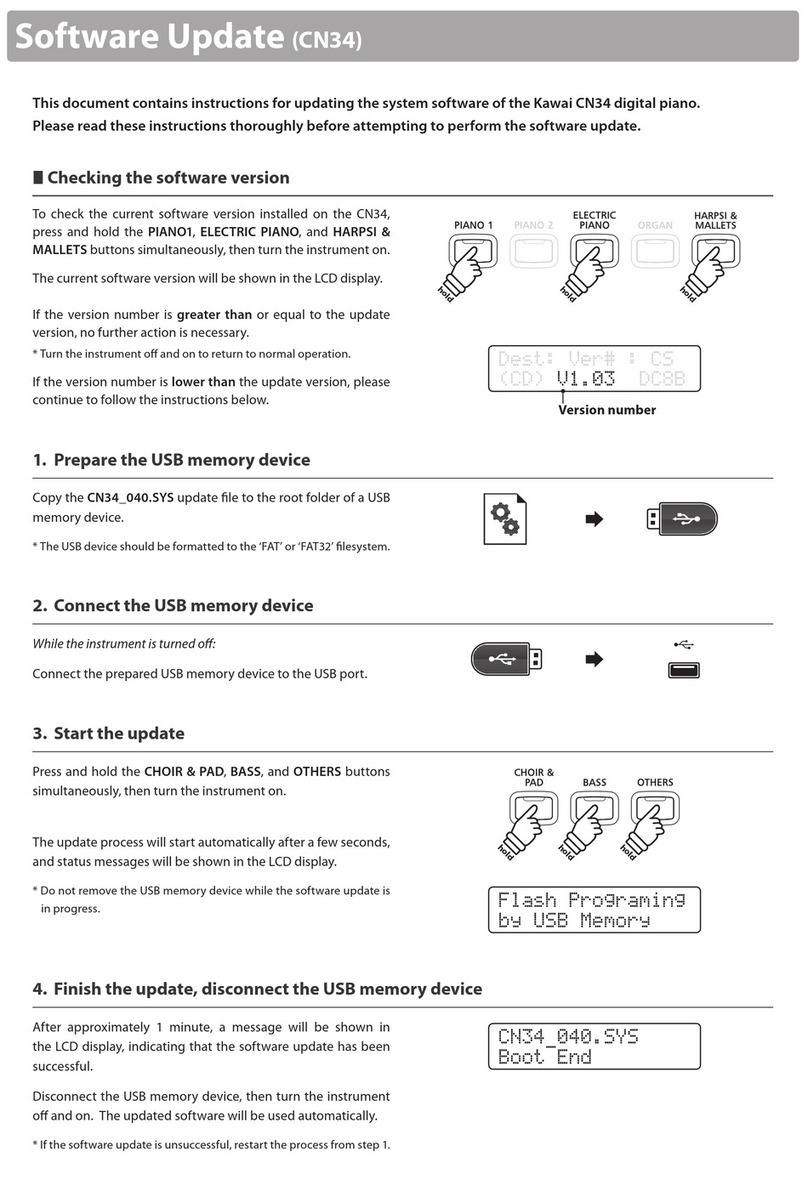
Kawai
Kawai CN34 Technical manual

Kawai
Kawai Nord Grand User manual
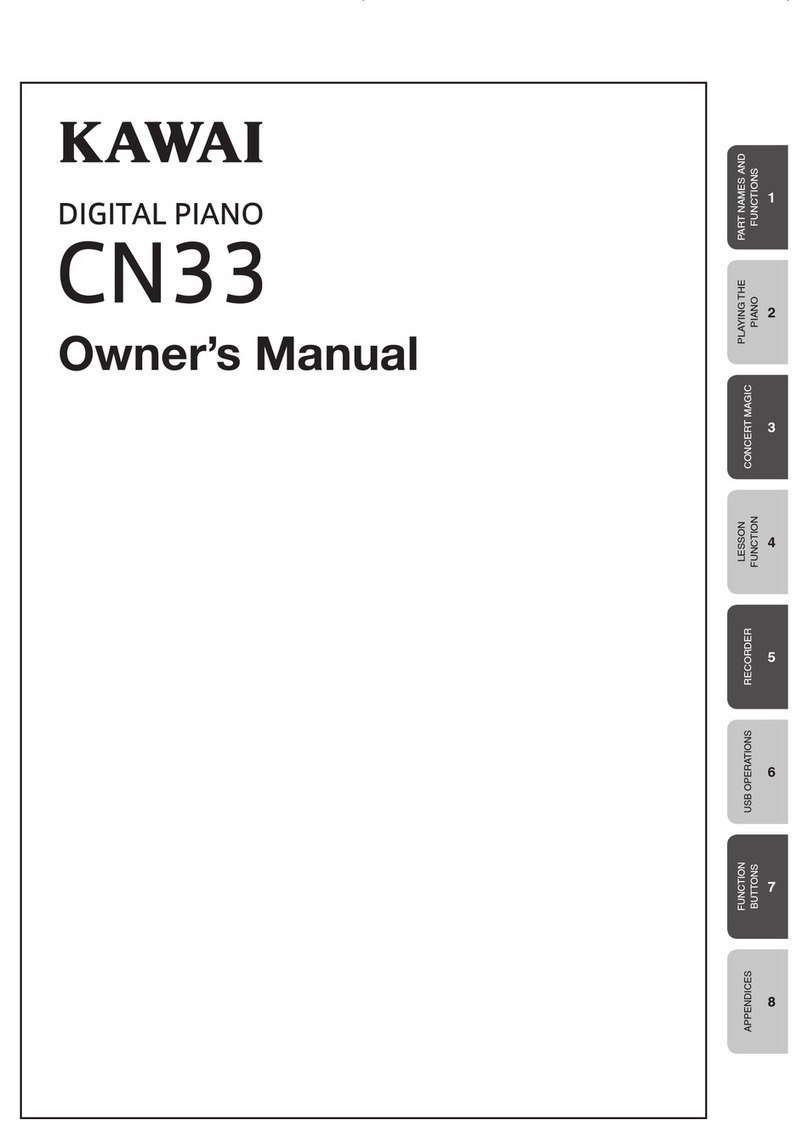
Kawai
Kawai CN33 User manual


